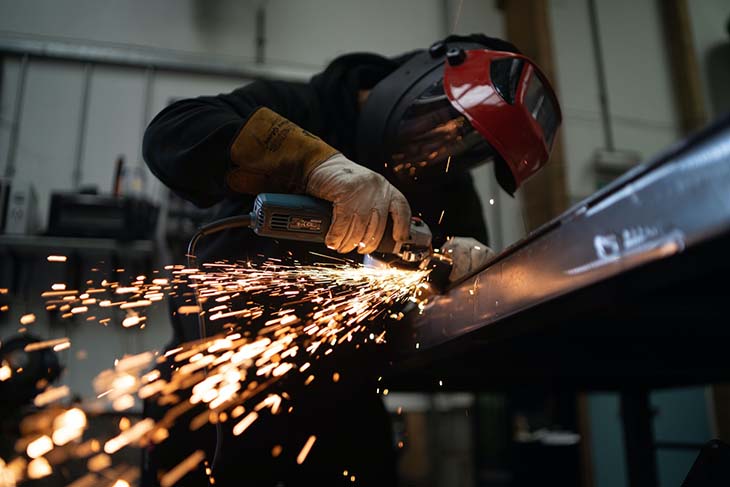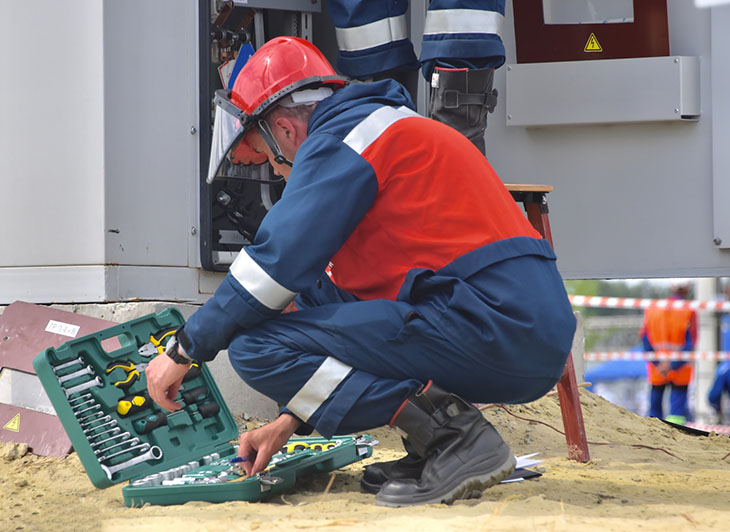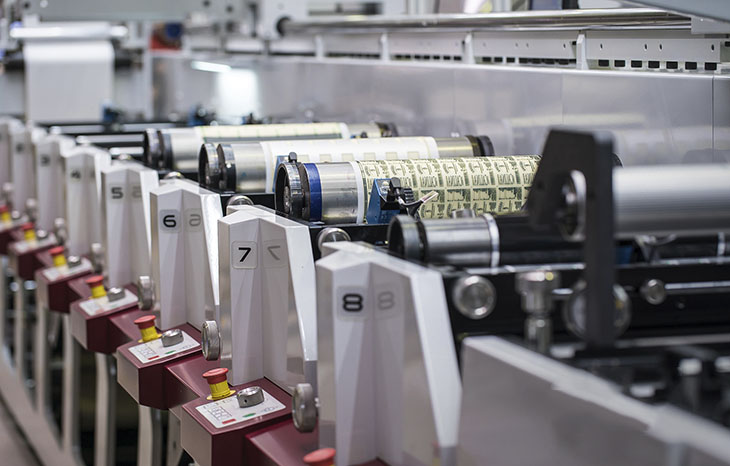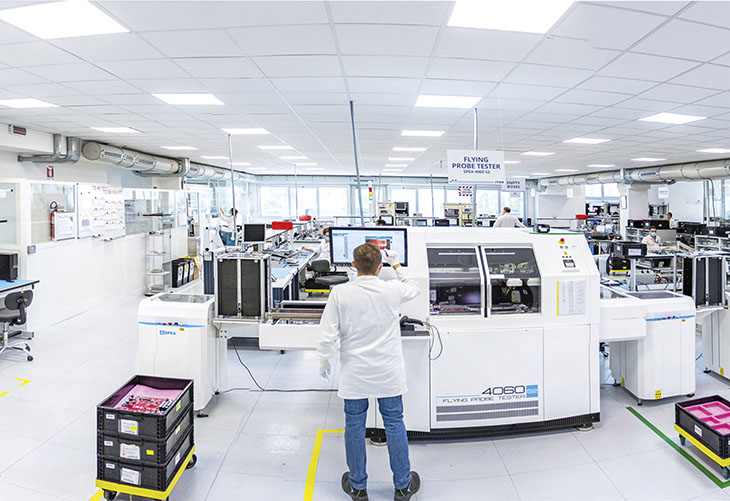Cutting metal is not as straightforward as some people might initially believe. Doing it well and without getting injured requires using the right tools and techniques. Fortunately, this metal-cutting guide will help you get the results you want. You’ll also get details about metal-cutting safety to prevent mishaps that could injure you or others.
Know What Tools Work Best for Certain Metals and Tasks
The first step for metal-cutting success is to select the right tool for the job. More specifically, ensure the metal’s gauge matches what the device can safely handle. When working with stainless steel, for example, you can use a gauge tool and chart. Each gauge has a corresponding decimal value.
It’s also necessary to select the right cutting tool for the desired result. An angle grinder with a cutoff wheel can tackle metal items ranging from rusty bolts to rebar and do the job fairly quickly.
Tin snips are another widely used cutting tool, particularly when people need to cut soft metals or work on projects associated with metal roofing and studs. You can use them to cut straight lines, but those with curved blades allow cutting circular shapes.
Metal air shears are a good choice for cutting long metal sheets or working with metal in bulk. They make clean cuts and work well for thicker-gauge materials. Think of them as slightly more robust than tin snips.
Some projects also call for using specific accessories in addition to the cutting instruments. For example, you can purchase a metal-cutting guide to use when working with objects such as pipes. Those products show you where to cut for the best results.
Maintain the Blade’s Sharpness
Regardless of the type of tool used to cut metal, it must be sufficiently sharp to work with the material. A dull blade could interfere with metal-cutting safety, particularly if you need to engage in extra effort and there’s a risk of the blade slipping.
The owner’s manual for your tool may have a brief metal-cutting guide recommending some basic maintenance procedures to follow so that the blade remains sharp and highly functional. These tips will differ slightly depending on the cutting tool and its intended usage.
For example, people can typically sharpen a saw blade made from carbide three to four times before the maintenance extends to replacing some or all of the teeth. Proper sharpening requires attending to all four sides of the teeth.
Moreover, it’s a job best left to those with adequate equipment. Since carbide saw blades are so hard, only a diamond wheel with extremely fine grit will sharpen it safely. On the contrary, other options – such as diamond blades used to cut ceramic tile – will ruin carbide saw blades. You can expect to pay from $.25 to $.50 per tooth to have carbide blades professionally sharpened.
Besides posing safety risks and compromising performance, failing to keep the blade sharp enough could make motorized cutting tools wear out faster. When using a steel-toothed circular saw, you can sharpen it yourself with a hand file.
Follow Basic Metal-Cutting Safety Practices
Knowing about metal-cutting safety is a must. Certain tools have specific procedures associated with them that will help you avoid accidents. For example, when using a bandsaw to cut softer metals, using higher blade speeds of approximately 300 feet per minute at a lower feed pressure is an advisable practice. However, applying some broad pointers to every project is also wise.
When picking up pieces of metal before or after cutting, use a light touch to avoid getting cut. You can also use gloves for additional protection during handling. The handwear will also safeguard you from the unwanted effects of excessive friction during cutting.
Evaluate your work area for any possible hazards that could interfere with metal-cutting safety, too. Check the floor for oils and other liquids that could cause slippage, and clear any walkways of unnecessary items that could cause you to trip and accidentally touch a sharp blade or piece of metal.
Think about wearing products such as earplugs, glasses or goggles, and safety boots, too. Removing every risk is impossible, but covering the basics lets you minimize threats and focus on the project at hand.
Understand the Risks of Cutting Metal
Even people who have cut metal countless times before will likely encounter some scenarios requiring outside input. In such cases, it’s best to rely on people with direct experience. Their advice may offer some startling information that reveals risks.
Aluminum is the most popular metal for long-term food storage. Its lightweight and highly malleable characteristics also make it a popular choice for automotive parts. However, if you need to cut it, be aware that aluminum dust is an explosion risk.
Stainless steel, another widely used metal, has associated dangers, too. The material’s cutting fumes release metal, chromium, and other components, each of which has particular safe exposure limits. Additionally, the high temperatures linked to the plasma cutting of stainless steel may release dangerously high levels of nitrogen dioxide and nitric oxide. A respirator is an accessible and effective protective accessory in such cases.
Beyond the safety considerations, expert input for your specific project can help it succeed. Giving those in the know as many details as possible can help them steer you in the right direction and avoid frustrating pitfalls. They may recommend you buy a metal-cutting guide or a certain blade to get the expected performance.
Use This Metal-Cutting Guide as a Resource
These suggestions will help you follow the best practices for metal-cutting safety while making confident decisions about which tool to use for specific projects. When applying these suggestions in the industrial sector, you’ll find they help you remain productive and get the expected outcomes.
























